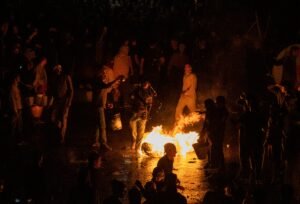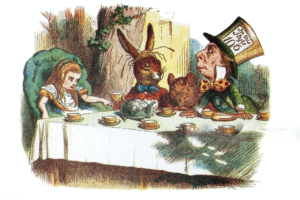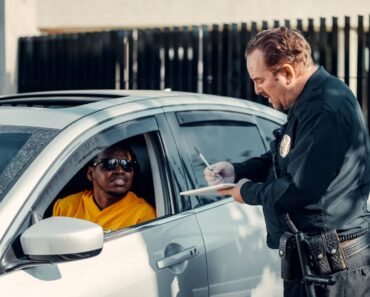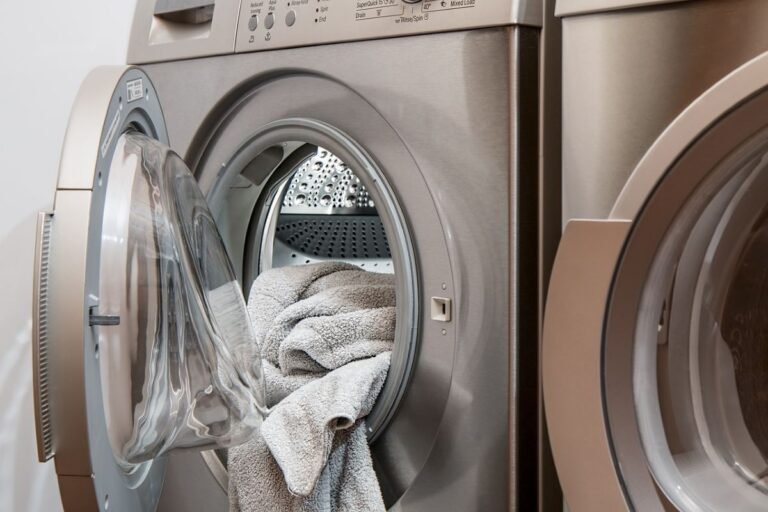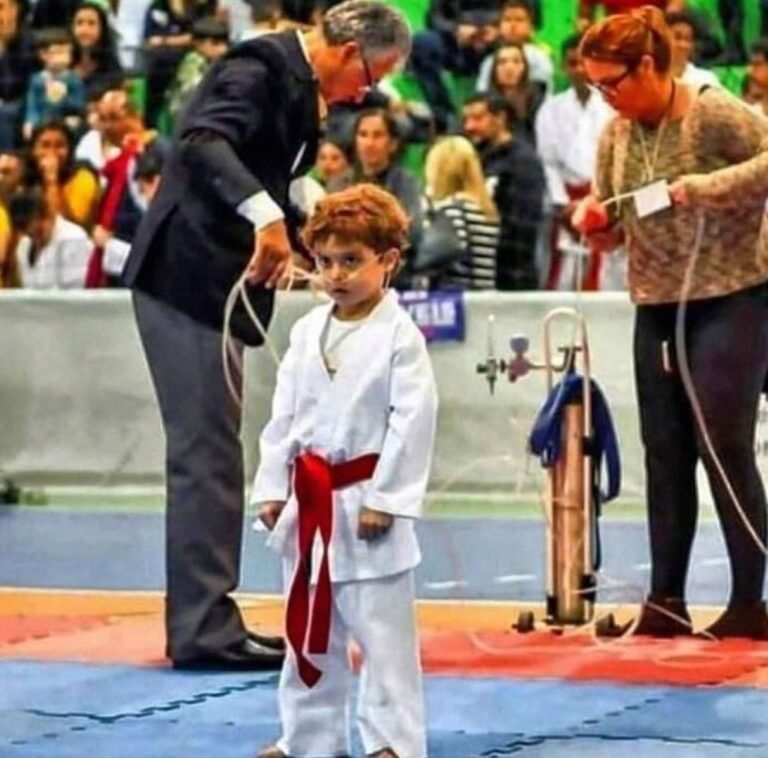
Dash cams did not exist until the 1990s when police first used them. The radio system was decent, but that was pretty much it for the technology part. Forensics? They were pioneering new areas, but you were pretty much fine if you wiped down the crime scene and fled before they got there.
So, old-school tactics, gut instincts, and an understanding of existing technologies played a role in developing the taillight boop. Yes, that is what we are calling it.
So, why do police officers touch your taillight boop during a car stop? Let’s find out.
1. Safety
When this started is unclear, but some point the 1963 Onion Fields Kidnapping as a possible point of origin. In the incident, two officers made a stop. However, the occupants were criminals who took them hostage and executed them in an onion field some distance away.
Police adapted to this by getting better training during stops. This involved touching the car’s taillight and back to leave fingerprints in case the driver chose to run away or worse. It was thought the fingerprints would be used to connect the officer to the stop and help find the offender.
It is, therefore, a way of documenting their interaction with you.
NOTE: Police wear gloves nowadays, as evidence gathering has become more cutting-edge, to ensure they do not leave unwanted material on a scene.
2. It Allows Them To Check The Trunk
Sometimes, criminals would drive around with an ambush of guys waiting in the trunk to smoke anyone who tried to search. During the height of the drug trade, which saw an increase in bloody action between cops and drug runners, police training incorporated this.
The cops were told to put their non-gun hand on the trank and, using all of the palm (five fingers), press down on the trunk and then try to open it cautiously. Your gun-hand is left free in this scenario to do gun-hand things, should the occasion arise.
3. Deterrence
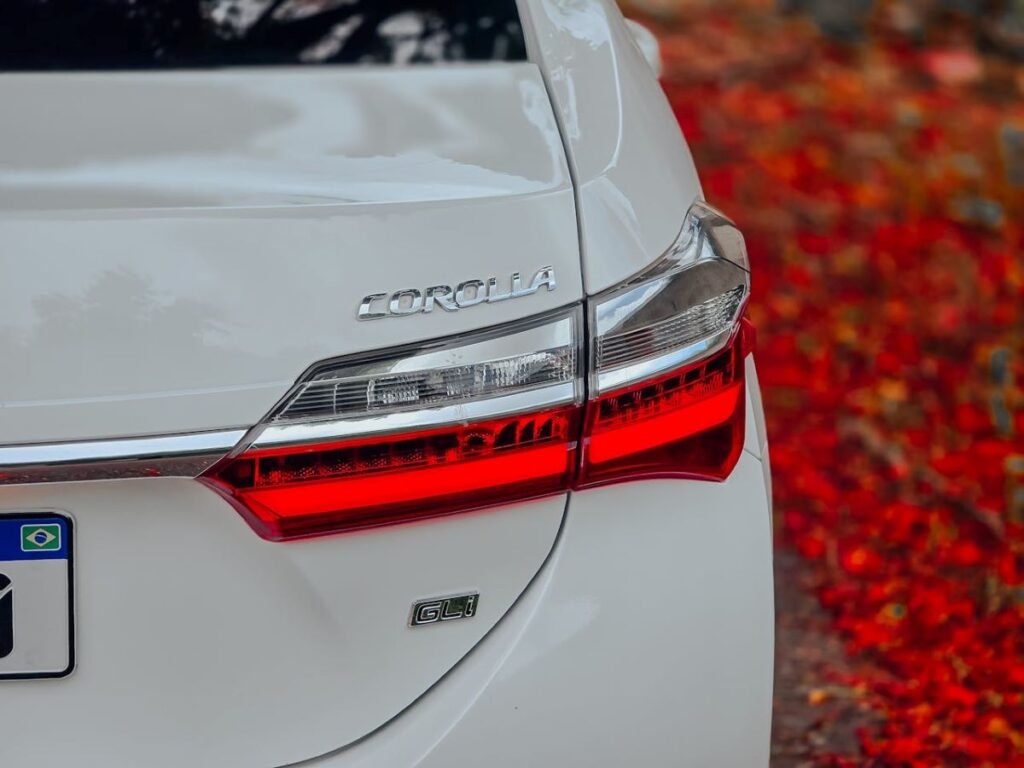
Police officers have to assess unsafe situations and prevent escalation. During a traffic stop, they do this by quickly assessing the driver. If you have illegal substances in your car, your natural inclination is to hide them.
This ‘surprise tactic’ lets the officer assess if you are suspicious, intoxicated, a peddler of illegal substances, in possession of unlicensed firearms, or ducking road-related offenses. However, it can expose the cop to danger, especially in tinted vehicles where it is impossible to see what is happening inside.
How Practical is this Tactic?
The practice has fallen out of favor. Danger to police has only gone up as criminal activity has boomed, and some departments are advising their officers only to touch the side of the vehicle, not the taillights, as that could be more dangerous if the driver backs up suddenly.
Officers must prepare for the worst when approaching a vehicle and adapt to the changing times with new technologies and better training.
